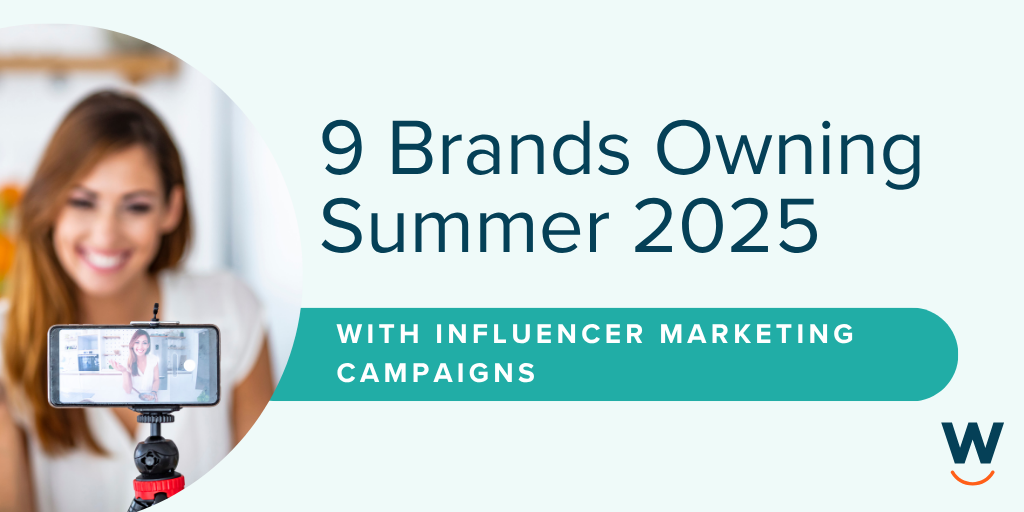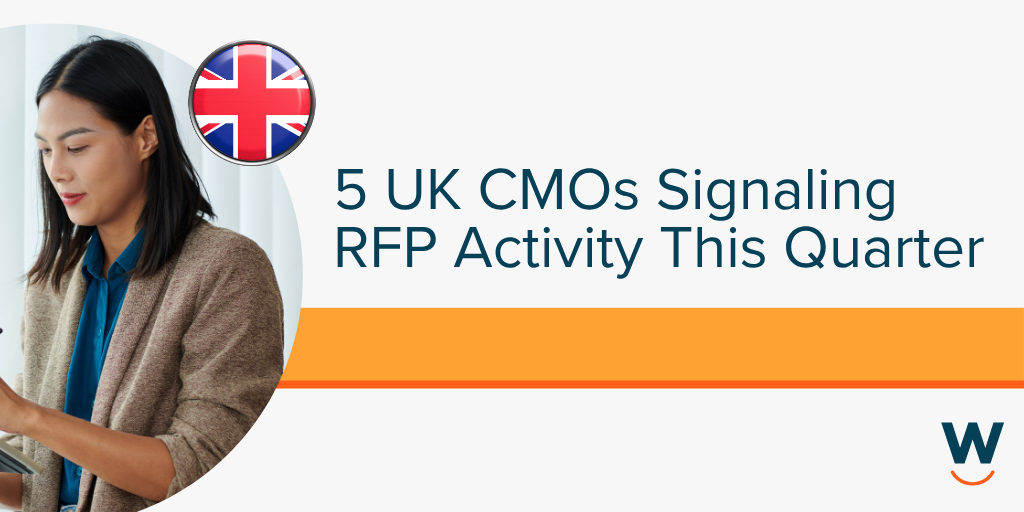
Black Friday 2020: We Spent $9 Billion, But Brands Still Have Much to Learn
Welcome to the longest holiday season of all time. We should have known when Christmas movies began advertising in October and neighbors switched out their Halloween decor for inflatable Santas, that everyone needs a little extra cheer this year. Black Friday 2020 shopping was no different.
The pandemic, combined with an already upward climb of digital retail, transformed what was once a weekend of doorbuster deals and malls so crowded news crews recorded literal stampedes, into consistent, months-long online shopping opportunities.
This Black Friday:
- In-store traffic fell by 52.1% compared with last year (Sensormatic Solutions).
- Online spending increased by 21.6% to hit a new record (Adobe Analytics).
- Consumers rang up $9 billion worth of purchases online (Adobe Analytics).
With COVID numbers and death-tolls continuously rising, retailers face intense challenges. Social distancing and local ordinance-compliance, employee health and safety, improving their online shopping experience, and managing external factors such as delivery delays, all require quick decisions with little information. Not to mention serious marketing challenges, too.
Walmart and Target kept their stores closed on Thanksgiving Day this year, ending a decade-long streak of extending Black Friday shopping hours into the family-oriented holiday itself. The retailers previously faced backlash for requiring staff to work overtime in crowded, and often dangerous, conditions away from their families. So, the change reflected not only basic human decency but an acknowledgment of online shopping’s power.
Target also embraced marketing challenges with “Black Friday Now.” No longer just targeting (sorry…) the day after Thanksgiving, this campaign turned the entire month of November into one, long selling opportunity with flash sales every Thursday to Sunday. The company also read the room when developing its holiday ad creative. The spots featured 10 actors who either quarantined before the shoot or filmed with their actual family members. However, not every brand has marketed and sold as well as Target.
Here are four lessons from Black Friday 2020 that brands must implement to close out Q4 strong:
1) Optimize your online store.
While this seems obvious, many long-standing brands are still operating with a brick-and-mortar-first mentality. In fact, HomeGoods won’t even launch its first e-commerce platform until the second half of 2021, according to T.J. Maxx’s parent company. Even without the pandemic’s push, online shopping has been on the rise and will only continue its trajectory. Even if you plan to rely on foot-traffic, an online presence helps consumers learn about your store and research products.
2) Create a hybrid in-store/online shopping model.
According to data from a recent HubSpot survey, while 33% of consumers plan to shop “mostly” or “completely” online this holiday season, 34% plan to do an “even mix of both online and in-store shopping.” By offering conveniences such as online ordering with in-store pick-up (and, transversely, in-store ordering with delivery), brands can meet consumers wherever their needs are.
3) Treat consumers with additional care.
This year, consumers are watching brands extra-closely, especially their ability to create pleasant and safe experiences. While there are obvious opportunities in-store like social distancing and limiting the number of people shopping at a time, brands can still be human online. Now is the time to invest in your customer-service model:
- Prominently display your phone number on your site.
- Answer common questions and respond to issues on social media.
- Clearly call out shipping costs and delivery times.
- Follow up and apologize for issues (delayed shipments, incorrect orders), even those outside your control.
4) Explain why in your messaging.
Unemployment numbers remain high and many consumers are sitting out the holiday shopping season altogether. First, brands have to explain why consumers should buy these products (including how it solves a problem for them and why is it worth this price), then why they should shop with you. Holiday shopping is traditionally divided into two categories — gifts and essentials. Whether someone is buying matching Christmas pajamas for their nephews on a whim or a new vacuum for themselves they’ve been saving for, shoppers want to invest in products with the best value.





